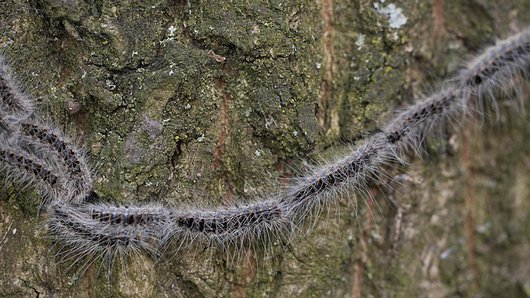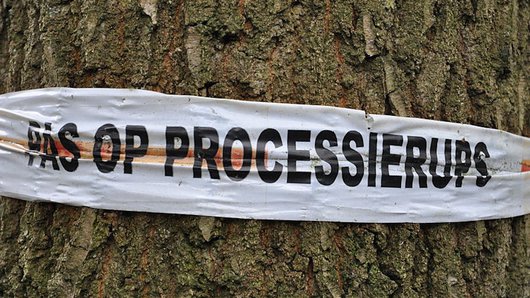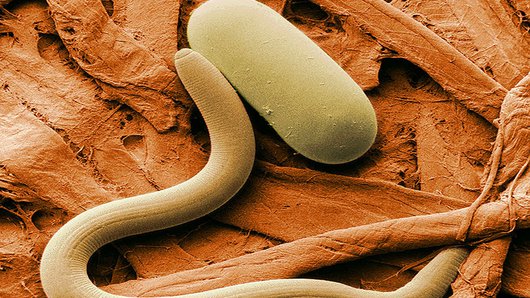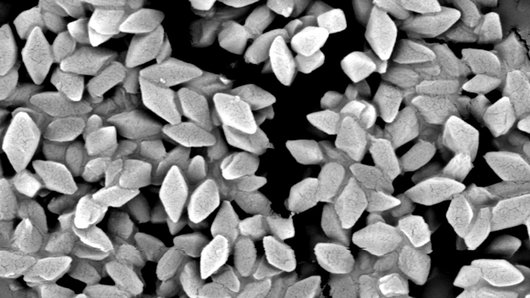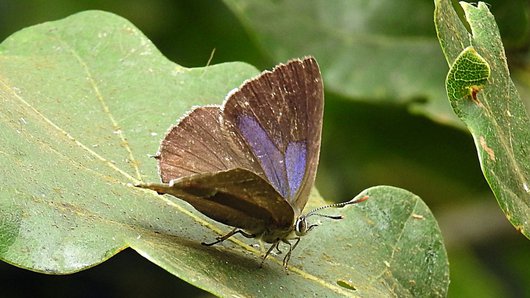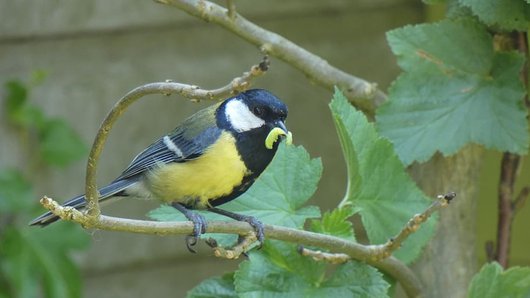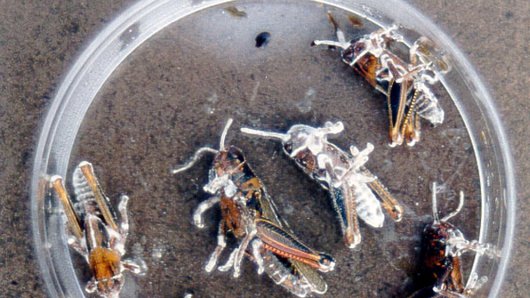Portfolio: Oak processionary caterpillar
Oak avenues are a typical feature of the Dutch landscape. However, since the oak processionary caterpillar found its way to the Netherlands, we look with new eyes to these endless rows of green itch-cannons. The local governments try to find ways to minimize the nuiscence of the oak processionary with ribbons, burners, vacuum cleaners and… Microbes.

